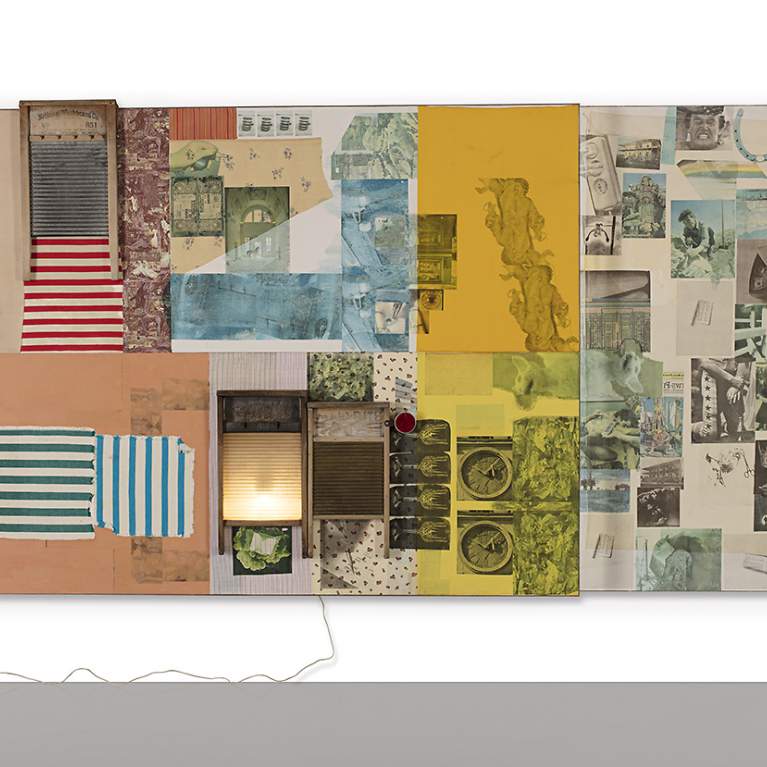
Robert Rauschenberg: Spreads, 1975–83 at Galerie Thaddaeus Ropac, London
First UK Exhibition Dedicated to Rauschenberg's Major Series of Spreads, Inspired by "Autobiographical Feelings," After His Celebrated Combines
“They are more like ideas than objects―reels of association run through the projector of a mind unusually sensitive to the

Rauschenberg: the 1/4 Mile and In and About L.A. at LACMA
The Los Angeles County Museum of Art (LACMA) presents Rauschenberg: The 1/4 Mile, an expansive installation featuring pioneering American artist Robert Rauschenberg’s magnum opus The 1/4 Mile or
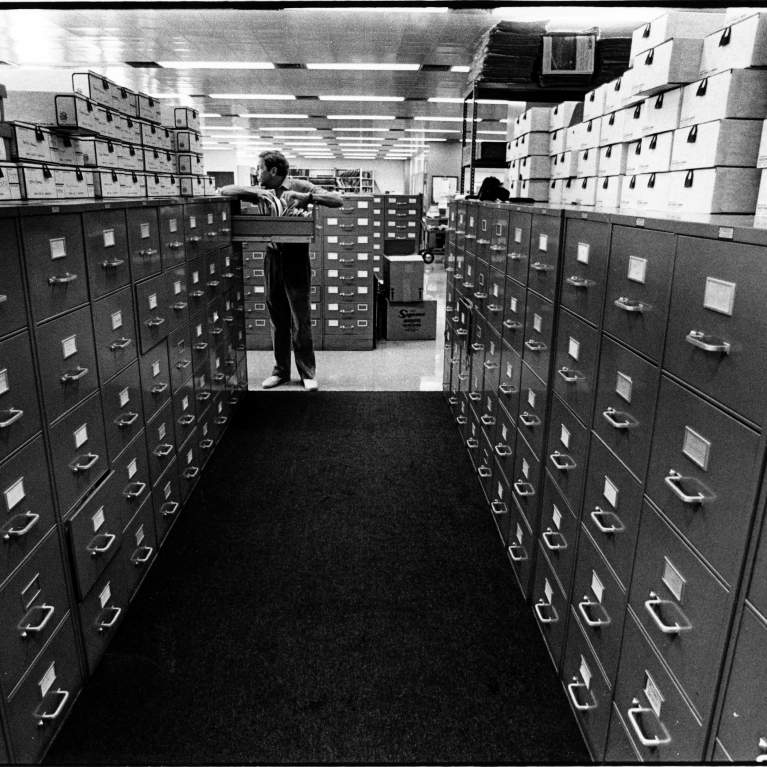
Rauschenberg at the Miami Herald, looking through photography archives for source material for Cover for Tropic, The Miami Herald (1979), published in an edition of 600,000, December 1979. Photo: Attributed to John Doman.
Archives Research Residency Open Call
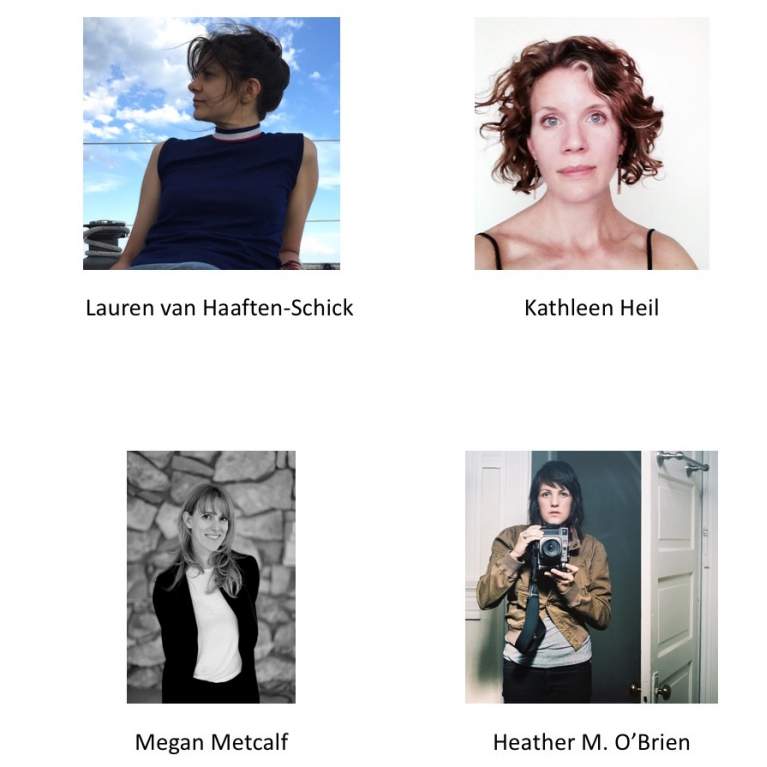
2018 Awards: Robert Rauschenberg Archives Research Travel Fund
The Rauschenberg Foundation is pleased to announce the award winners for the 2018 Rauschenberg Foundation Archives Research Travel Fund, a resource for researchers and scholars interested in visiting the Rauschenberg Foundation Archives in New York City. The Fund provides partial support fo

Rauschenberg at the Miami Herald, looking through photography archives for source material for Cover for Tropic, The Miami Herald (1979), published in an edition of 600,000 in Miami, December 1979. Photo: Attributed to John Doman
Foundation Announces Open Call for New Archives Research Travel Fund
We are excited to announce the Robert Rauschenberg Foundation Archives Research Travel Fund, a new opportunity for researchers and scholars interested in visiting the Rauschenberg Foundation and its Archives in New York City.
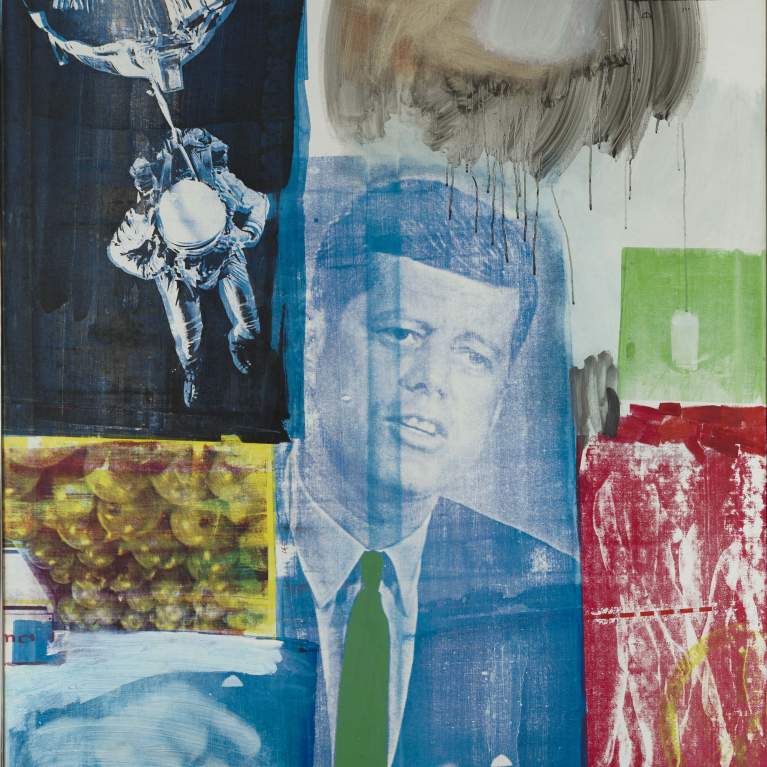
Major Retrospective Includes Vast Array of Work from the Boundary-Breaking Artist’s Six-Decade Career
San Francisco Museum of Modern Art Presents West Coast Exclusive of Robert Rauschenberg: Erasing the Rules November 18th, 2017 — March 25th, 2018
A fuse was lit in the 1953 art world when Robert Rauschenberg convinced artist Willem de Kooning to allow him to erase one of his drawings; fellow artist Jasper Johns executed the inscription within the frame: “ERASED DE KOONING DRAWING ROBERT RAUSCHENBERG 1953.” Now seen as a bombshell that shoo
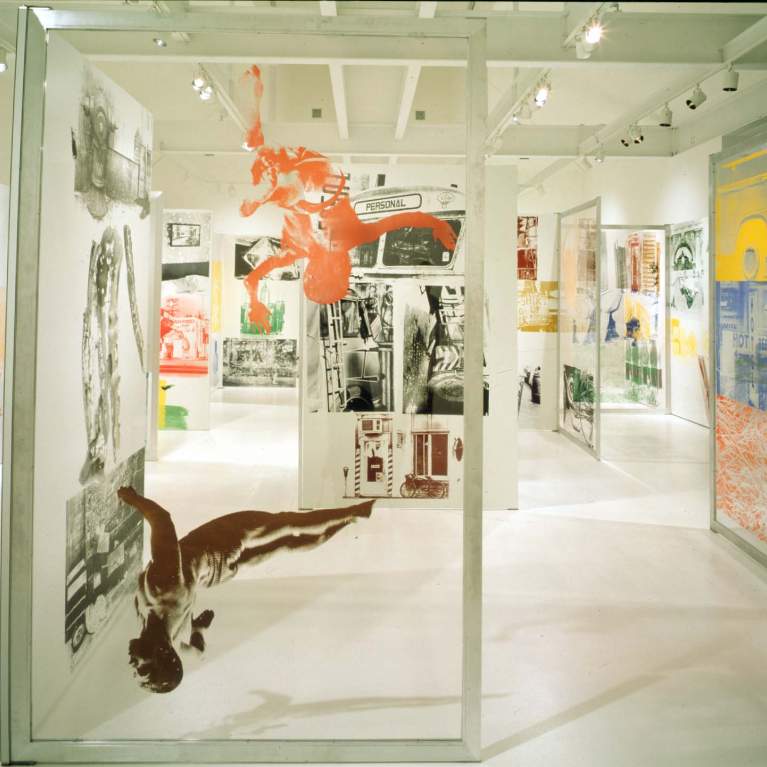
Timelapse video of the installation of A Quake in Paradise (Labyrinth) at MASS MoCA
A Quake in Paradise at Mass MOCA
Rauschenberg’s A Quake in Paradise (Labyrinth) will be on view at MASS MoCA from May 28, 2017–May 26, 2018.
Foundation Announces New Archives Research Travel Fund
In summer 2017, the Archives will launch a Rauschenberg research travel fund, a new opportunity that will provide partial support for costs related to travel and living expenses that scholars may incur in order to do research at the Rauschenberg Foundation and its Archives.
